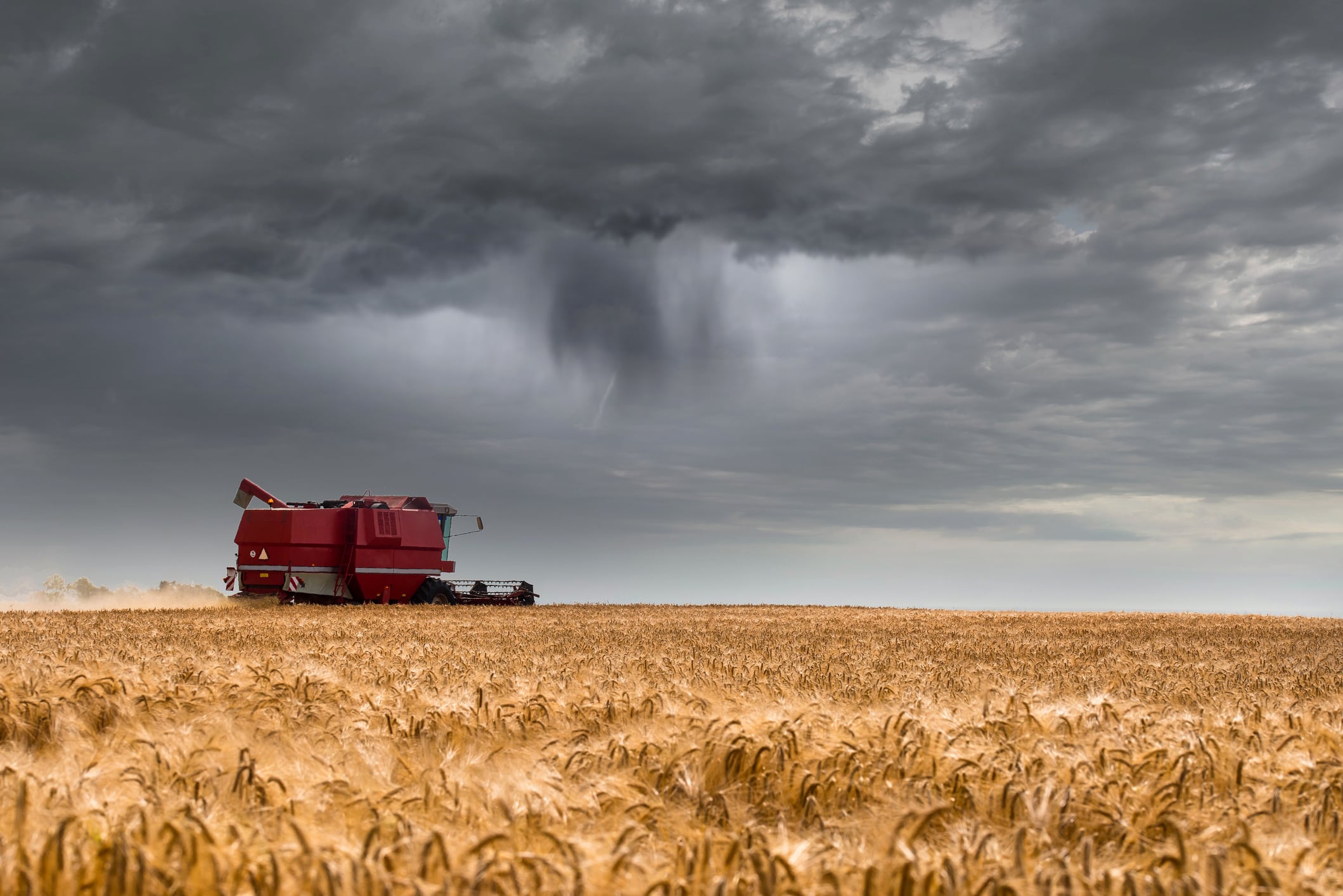The new rules, introduced in August 2025, require every individual part – down to nuts and bolts – to be taxed based on its country of origin, dramatically increasing compliance complexity and cost.
Stephen Howarth, agricultural economist at the Agricultural Engineers Association (AEA), told AgTechNavigator that several UK manufacturers have already been affected.
“Machines and spare parts are being held up at US customs or with their US customers being forced to pay substantially higher tariffs,” he said. “The US is the UK’s single largest export market for farm equipment, worth around £300 million annually.”
While the full impact is still being assessed, Howarth noted that orders were already down due to reciprocal tariffs introduced earlier in the year. “Those were lower and easier to manage than the new steel and aluminium duties,” he added.
Broad impact across machinery types
Asked whether specific machinery types were more affected, Howarth said the tariffs apply broadly, with some companies are harder hit than others – particularly those whose products are well-suited to crops dominant in the US.
“Pretty much all agricultural machinery is in scope, with few exceptions. All contain significant quantities of steel and aluminium. Some companies have been harder hit than others because the US makes up a higher share of their sales, usually where equipment is particularly suitable for crops for which the US is a leading producer.”
Strategic shifts underway
Manufacturers are now exploring ways to mitigate the impact. “I wouldn’t expect much product redesign – there are few cost-effective alternatives to steel and aluminium,” Howarth said. “However, some will be looking at their supply chains to see whether, for example, they could source more from the US or even shift production of some machines or parts to the US. That isn’t something that can be done quickly or easily, though.”
Long-term risks and market diversification
Howarth warned of lasting damage if the tariffs remain in place. “If nothing else, it will mean imported machinery is substantially more expensive for US farmers, making it less competitive or too expensive. Some companies will decide it is no longer worth supplying the US market at all. Some have already indicated they will do so.”
Several major European manufacturers have already taken action:
- Krone (Germany) has halted exports of large-scale machinery to the US, citing the risk of punitive 200% duties if steel content filings are misclassified.
- Liebherr, which produces some agricultural equipment, has suspended certain US-bound exports.
- CNH Industrial has paused shipments from EU facilities to North America.
- AGCO Corporation (Massey Ferguson, Fendt, Valtra) has temporarily halted foreign-finished machinery exports to the US amid regulatory uncertainty.
While the AEA hasn’t formally surveyed UK manufacturers about shifting focus, its European counterpart has. “As well as refocusing on the European market, the other opportunities being explored by some include Latin America, Canada, Australia and New Zealand – key global importers of agricultural machinery.”
A call for sectoral solutions
From the AEA’s perspective, a full reversal of the Section 232 tariff expansion is unlikely. “The best we can probably hope for would be a sectoral deal,” Howarth said. He highlighted that US farmers will suffer most – losing access to some machines and facing higher costs even for domestically produced equipment, which often includes imported parts.
He added that political pressure may mount. “This comes at a time when US farmers are already facing challenges, not least from China’s decision to stop buying US soyabeans and reduce imports of US maize, as part of the ongoing trade dispute between those two countries. Given farmers form an important part of President Trump’s supporter base, he may be open to pressure from them.”





